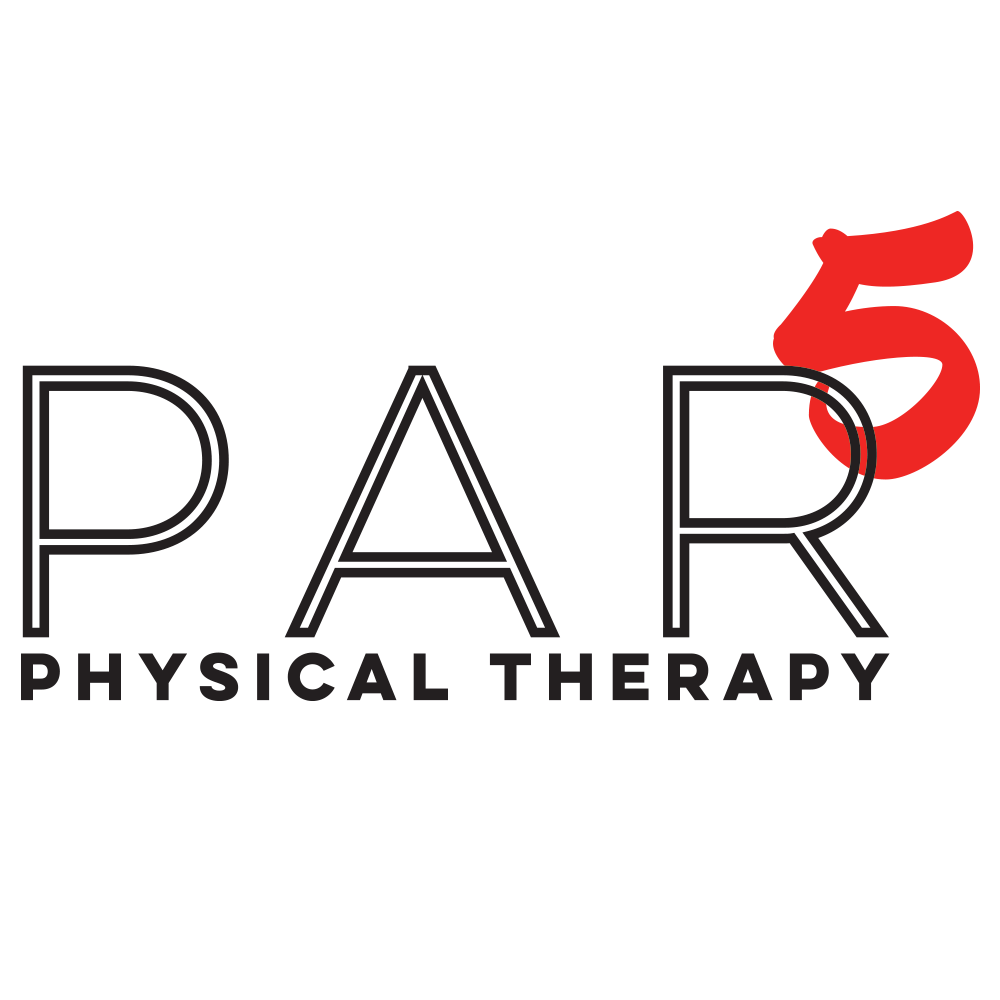Improve your shoulder health with overhead positions
When's the last time you've checked your shoulder range of motion and flexibility? Let's try it out. Sit down on the ground with your legs crossed. Sit up as tall as you can and raise both arms up overhead. Is your elbow totally straight? Does your arm touch your ear? How does your back feel?
If you run into problems with reaching the above points and positions, you might have a shoulder mobility problem. It might not feel like much right now. The body is really good at getting around this little movement deficits and creating compensations to accomplish the task you need to do. But this is a simple movement screen that can reveal some underlying issues that can create problems down the road.
The shoulder is one of the more complex joints of the body. It is comprised of the humerus (upper arm bone), the clavicle (collar bone), and the scapula (shoulder blade). The collar bone connects to the ribcage and has to rotate up and back to permit the arm to have full range of motion. The shoulder blade also needs to rotate upward to allow the arm to fully go over the head. It also interacts with the ribs in the back. It has to slide and rotate over the ribcage for full shoulder range of motion.
To achieve full overhead shoulder range of motion and prevent injury or performance leaks, we have to examine the trunk, ribs, collar bone, shoulder blade, and upper arm bone movement. Posture and the ability for the mid-back to be straight can improve your range of motion. The first and second ribs also need to be in a good position to allow the collar bone to rotate up and back. The muscles of the mid-back need to work properly to control the upward rotation of the shoulder blade.
If you can work on these parts, you can improve your overhead positions and have pain-free shoulder range of motion.
If you're experiencing shoulder pain, contact PAR5 Physical Therapy to learn exactly how you can get back to moving pain-free.

